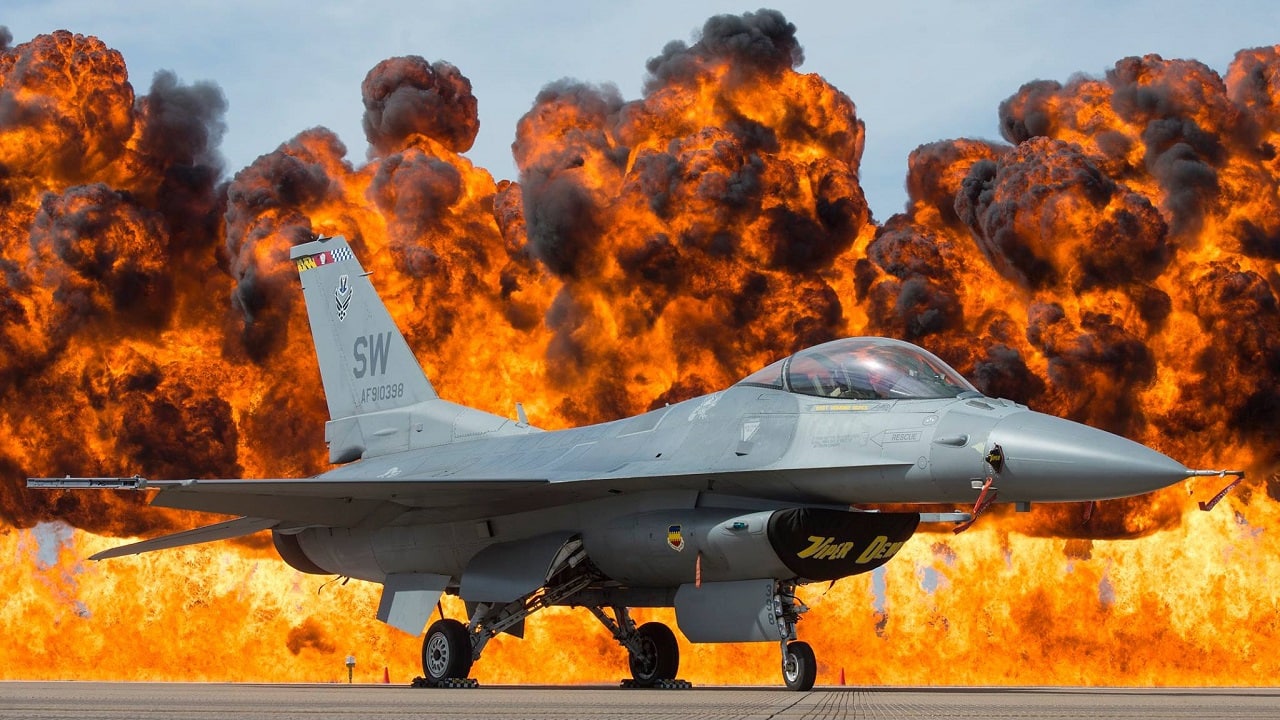After many heated weeks of negotiations and awkward moments, the saga of the tanks for Ukraine is over.
Kyiv will soon be getting scores of M1 Abrams, Leopard 2, and Challenger 2 main battle tanks, with the option for even more as the spring counteroffensive take off.
The saga of the fighter jets, however, is about to resume in force.
Fighter Jets for Ukraine
One of the first things the Ukrainian military asked for when the Russian forces invaded was fighter jets. Now, Kyiv is asking for Western fighter jets, such as the F-16 Fighting Falcon, Dassault Mirage 2000, and F3R Rafale.
Germany said that it wouldn’t be giving any of its Eurofighter Typhoon fighter jets.
And it’s not alone.
Asked about whether the U.S. is willing to provide F-16 fighter jets to Ukraine, U.S. President Joe Biden said “no.”
However, Biden didn’t say that the U.S. would stand in the way of any NATO member or partner that is willing to send American-made fighter jets to Kyiv.
The Department of Defense, moreover, seems to be pushing back against the White House.
However, in a joint press conference with his Australian counterpart, French President Emmanuel Macron said that, on principle, no security aid is out of the picture for Ukraine, thus adding fuel to recent reports that the West intends to provide fighter jets to Kyiv.
Poland, furthermore, is reportedly considering transferring some of its F-16s across the border to Ukraine.
According to the Ukrainian Air Force, Ukraine is upgrading its airport infrastructure and airstrips in various regions in anticipation of deliveries of Western fighter jets.
In addition, it has approved a list of pilots and flight engineers who would be trained on the F-16 Fighting Falcon in the event that the U.S. approves transfers.
Before the war, the Ukrainian Air Force operated a medium-sized fleet mainly comprised of about 50 MiG-29 Fulcrum and 32 Su-27 Flanker fighter jets.
At the same time, there were a number of Su-24 Fencer and Su-25 Frogfoot attack aircraft.
Security Aid to Ukraine
Despite the ups and downs of the security aid process to Ukraine, one thing can’t be denied: in the end, Ukraine largely gets what it asks for.
This has happened repeatedly since Russia invaded Ukraine almost a year ago.
First, it was FGM-148 Javelin anti-tank missiles and FIM-92 Stinger anti-aircraft missiles. Then, it was howitzers and self-propelled guns. Then it was the M142 High Mobility Artillery Rocket System (HIMARS) and M270 Multiple Launch Rocket System (MLRS).
Then it was air defense systems.
More recently, it was main battle tanks.
Looking back, most of these weapon systems were a big no-no when the Ukrainians first asked for them but ended up being crucial on the ground once they were delivered, especially in the case of the M142 HIMARS and M270 MLRS, which have been game-changing and responsible to a large degree for the Ukrainian successes.
Ukraine might get fighter jets in the end. But it looks like the usual start-and-stop process that characterizes security aid to the embattled nation won’t make that happen quickly and efficiently.
Expert Biography: A 19FortyFive Defense and National Security Columnist, Stavros Atlamazoglou is a seasoned defense journalist specializing in special operations, a Hellenic Army veteran (national service with the 575th Marine Battalion and Army HQ), and a Johns Hopkins University graduate. He is currently working towards a Master’s Degree in Strategy and Cybersecurity at the Johns Hopkins University’s School of Advanced International Studies (SAIS). His work has been featured in Business Insider, Sandboxx, and SOFREP.

